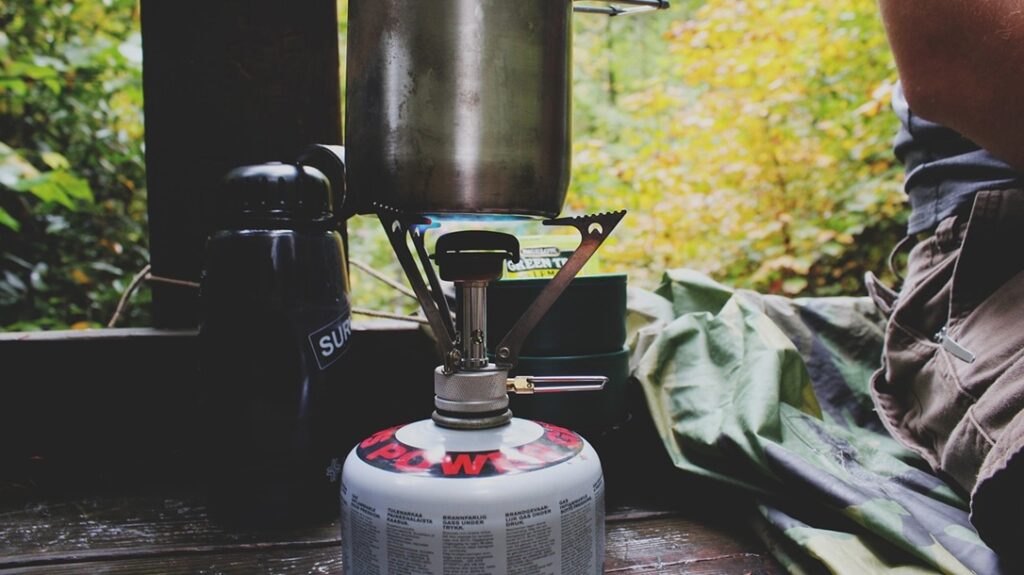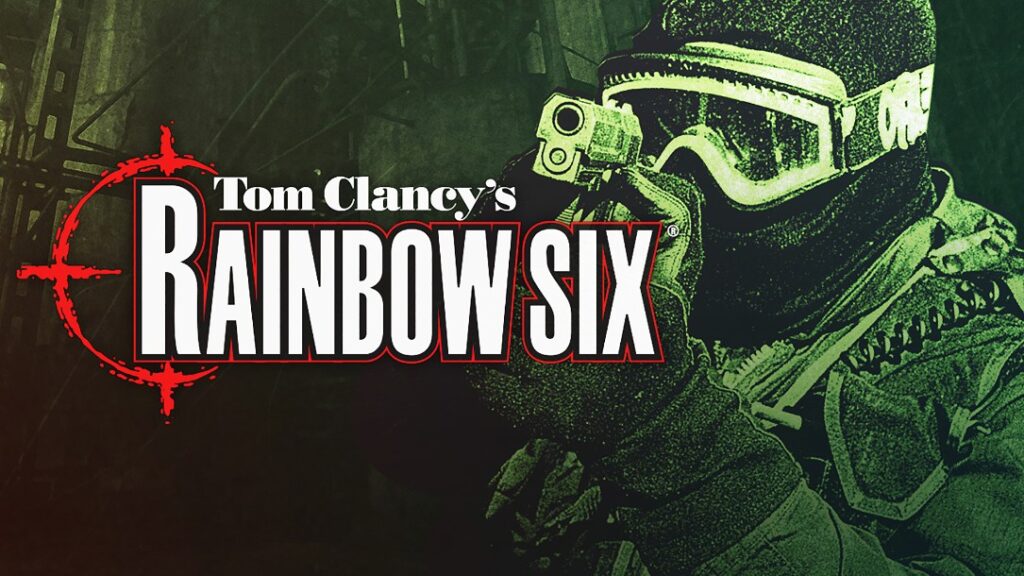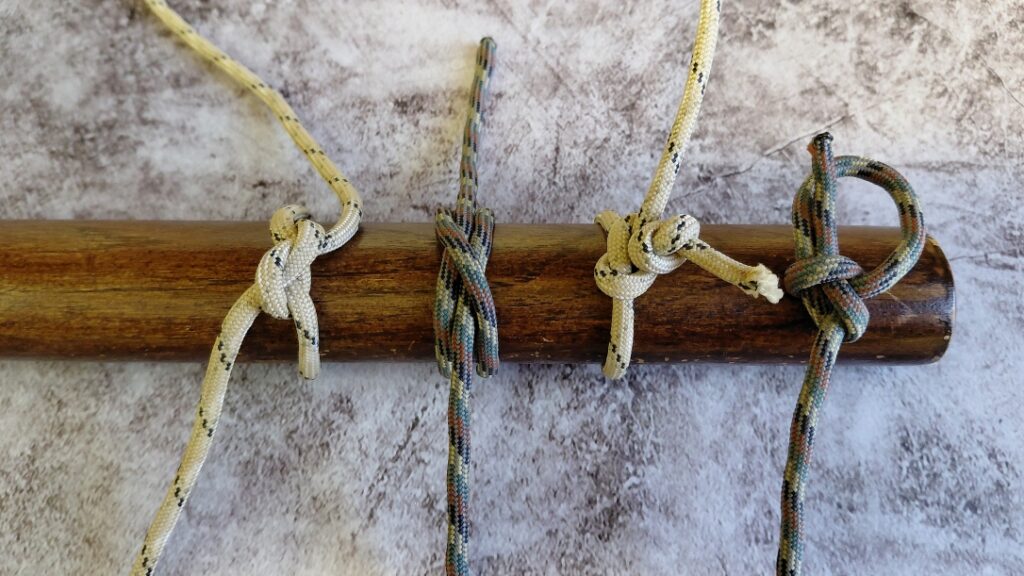I reviewed the Wedge a couple of years ago, and it’s been my go-to EDC light since then. It’s small, flat, easy to carry, and disappears with ease into my pocket. It’s also clearly a long-lasting, durable design. With that said, I’m pretty spoiled by weapon lights. My P365 wears a TLR 7 SUB, and I’ve got a Surefire XSC in case it fails. With that said, I’ve taken to carrying smaller guns, like a little Beretta Tomcat. No rail, so there is no light, so I’ve had to revert to my Wedge for PID purposes. Additionally, I recently acquired a Taurus 856, and it’s likely to become my carry revolver.
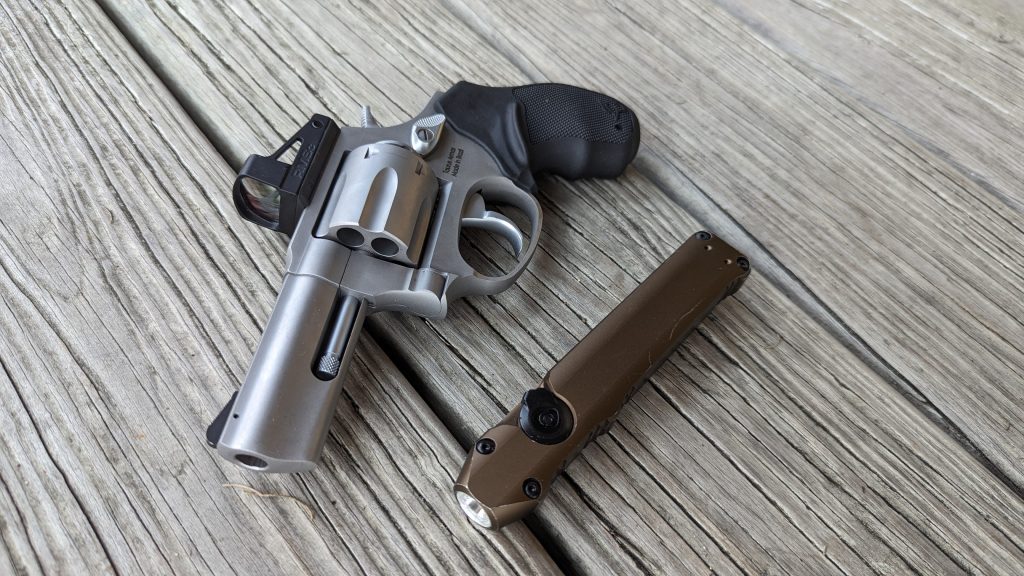
I’ve since hit the range and practiced with a number of flashlights. Including some that are much more powerful than the Wedge. I figured might as well amp up the lumens and candela if I’m only carrying one light. Yet, I keep coming back to the well that is the Streamlight Wedge. The same design that makes it easy to carry makes it easy to shoot with.
Advertisement — Continue Reading Below
The Wedge offers up to 1,000 lumens backed by 3,000 candela in its optional THRO mode. That’s not a ton of light, but it’s enough to reach out in a dark alley or parking lot and easily identify a threat. While more is better, I do feel it’s adequate for concealed carry.
Shooting With the Wedge
The Wedge offers a very flat profile that makes it easy to fit into your hand while gripping your firearm. In practice, this allowed me to have a more natural grip over the gun and light at the same time. A more natural grip ensures I have a better grip over the gun, and a better grip means more control. As an amateur revolver shooter, I need all the help I can get.
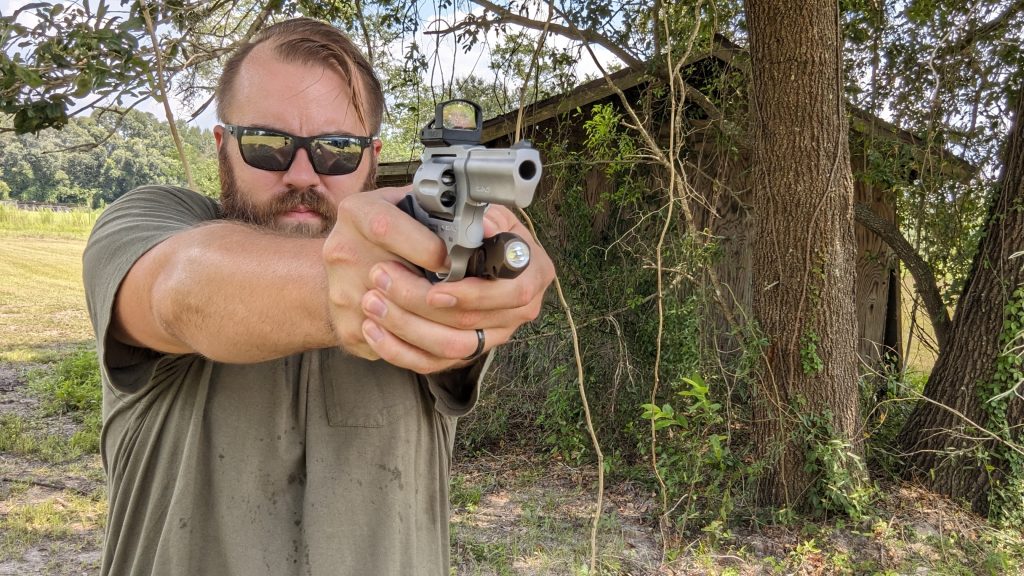
Advertisement — Continue Reading Below
I used the Wedge alongside traditional techniques like the Harries grip and found I had way better results with the Streamlight. I’ve done a lot of dry fire practice, and my 856 wears a red dot. It’s easy to see imperfections in your grip with a red dot, and I saw a lot less of those imperfections with the Wedge than with other lights and grips.

In live fire, it certainly resulted in greater accuracy and more control. I’m still a stock standard amateur with revolvers, but I didn’t see a ton of difference between my accuracy with or without the light. To me, this means the light isn’t interrupting my ability to get projectiles on target.
Advertisement — Continue Reading Below
How to Shoot With the Wedge
I assume a fairly standard grip with my dominant hand. With this established, I use my support hand to bring the Wedge to sit between the thumb and middle finger of my dominant hand. This allows me to naturally bring my hands together. This grip style doesn’t create a massive gap between my two hands.
The light itself is pinned in place, and my offhand thumb can activate the light. One issue I ran into when first trying this technique is that the thumb that activates the light was in line with the gap between the cylinder and barrel. This will create quite the sting. I found an easy cure and flipped the light over. The activation button faces the ground now. The trigger finger of my non-dominant hand activates the light.

Advertisement — Continue Reading Below
The Wedge has some grooves in it that are for hand-holding. This places the light fairly far back anyway and typically gets you well out of the line of cylinder gap. However, with the button facing down, there is no digit directly in line with the cylinder blast. Even if the finger was near the gap, the aluminum body of the light offers some protection.
Blasting Away
If I’m going to carry a smaller, more easy to carry gun, I best make up for the capabilities it doesn’t have. The same goes for a revolver. Practicing with alight was just one small step in improving proficiency and ensuring I wasn’t sacrificing any capability. I just so happened to find that with little guns, the little light worked well. The Wedge makes shooting with a small gun or revolver a breeze.

